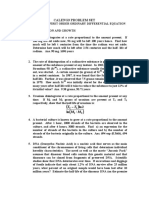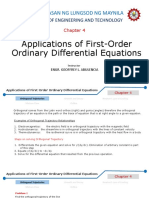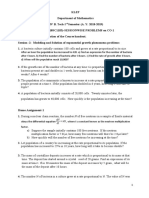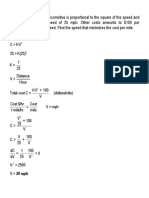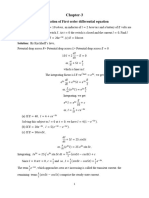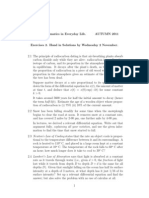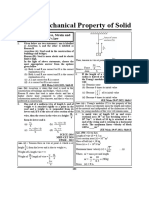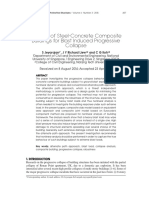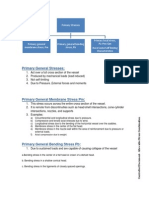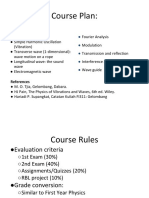0% found this document useful (0 votes)
11 views8 pagesModeling Problems
The document discusses the application of ordinary differential equations (ODEs) in modeling various physical processes, including growth/decay problems, Newton's law of cooling, and mixing problems. It provides examples and solutions for different scenarios, such as radioactive decay, bacterial growth, and temperature changes in a thermometer. The document emphasizes the importance of setting up mathematical models to represent real-world systems through differential equations.
Uploaded by
2204077Copyright
© © All Rights Reserved
We take content rights seriously. If you suspect this is your content, claim it here.
Available Formats
Download as PDF, TXT or read online on Scribd
0% found this document useful (0 votes)
11 views8 pagesModeling Problems
The document discusses the application of ordinary differential equations (ODEs) in modeling various physical processes, including growth/decay problems, Newton's law of cooling, and mixing problems. It provides examples and solutions for different scenarios, such as radioactive decay, bacterial growth, and temperature changes in a thermometer. The document emphasizes the importance of setting up mathematical models to represent real-world systems through differential equations.
Uploaded by
2204077Copyright
© © All Rights Reserved
We take content rights seriously. If you suspect this is your content, claim it here.
Available Formats
Download as PDF, TXT or read online on Scribd
/ 8














